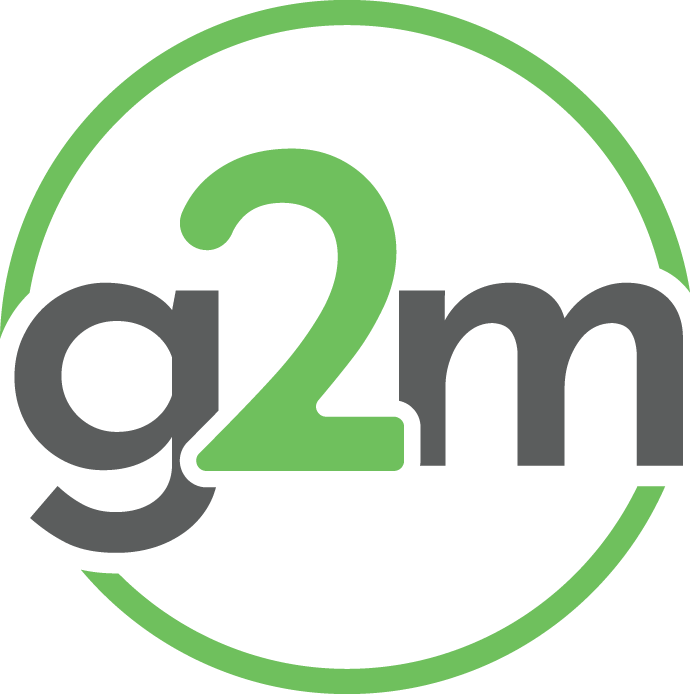The activity required to support $ is:
Marketing Owned
DIGITAL CHANNELS
Website visits needed
Share of web visitsInbound Marketing
%
Paid Ads
Paid Social
Digital Media
%
Contacts needed
Contact to MQL rate
%
Marketing qualified leads needed
MQL to SQL accepted rate
%
Sales Owned
ANALOG CHANNELS
Contacts needed
Attendee to SQL rateEvents & Traditional Media
%
Contacts needed
Contact to SQL RateSales Prospecting
%
Marketing to Sales Hand-off
Sales qualified leads needed
SQL to Opp Rate
%
Sales Owned
Opportunities needed
Opp Win Rate
%
Sales Owned
Opp Win Rate
Installed base opportunities needed
%



